Analysis of Sales Data Using Regression Techniques
VerifiedAdded on 2020/04/13
|7
|827
|33
AI Summary
The assignment presents a comprehensive analysis of sales data through the use of descriptive statistics, correlation analysis, regression modeling, and alternative forecasting techniques. Initially, summary statistics are used to characterize the distribution and central tendencies of the dataset variables. The shape of these distributions is assessed for skewness and potential outliers. Scatter plots are employed to visualize relationships between sales results and other factors such as satisfaction scores, advertisement expenditure, and number of stores, revealing varying degrees of correlation strength from moderate to high. A regression model is then formulated using economic indicators such as GDP, Price Index, Population demographics, Satisfaction Score, Advertisement spending, and Number of Stores, providing insights into the variables significantly affecting sales. The statistical significance of the model is affirmed through an ANOVA test with a highly significant F-value, while the coefficient of determination indicates robust explanatory power. Individual regression coefficients are interpreted to quantify the impact of each predictor on sales growth or decline. A forecast for 2016 sales is calculated using both the regression equation and the moving average method, demonstrating alternative predictive approaches within financial decision-making contexts.
1 out of 7
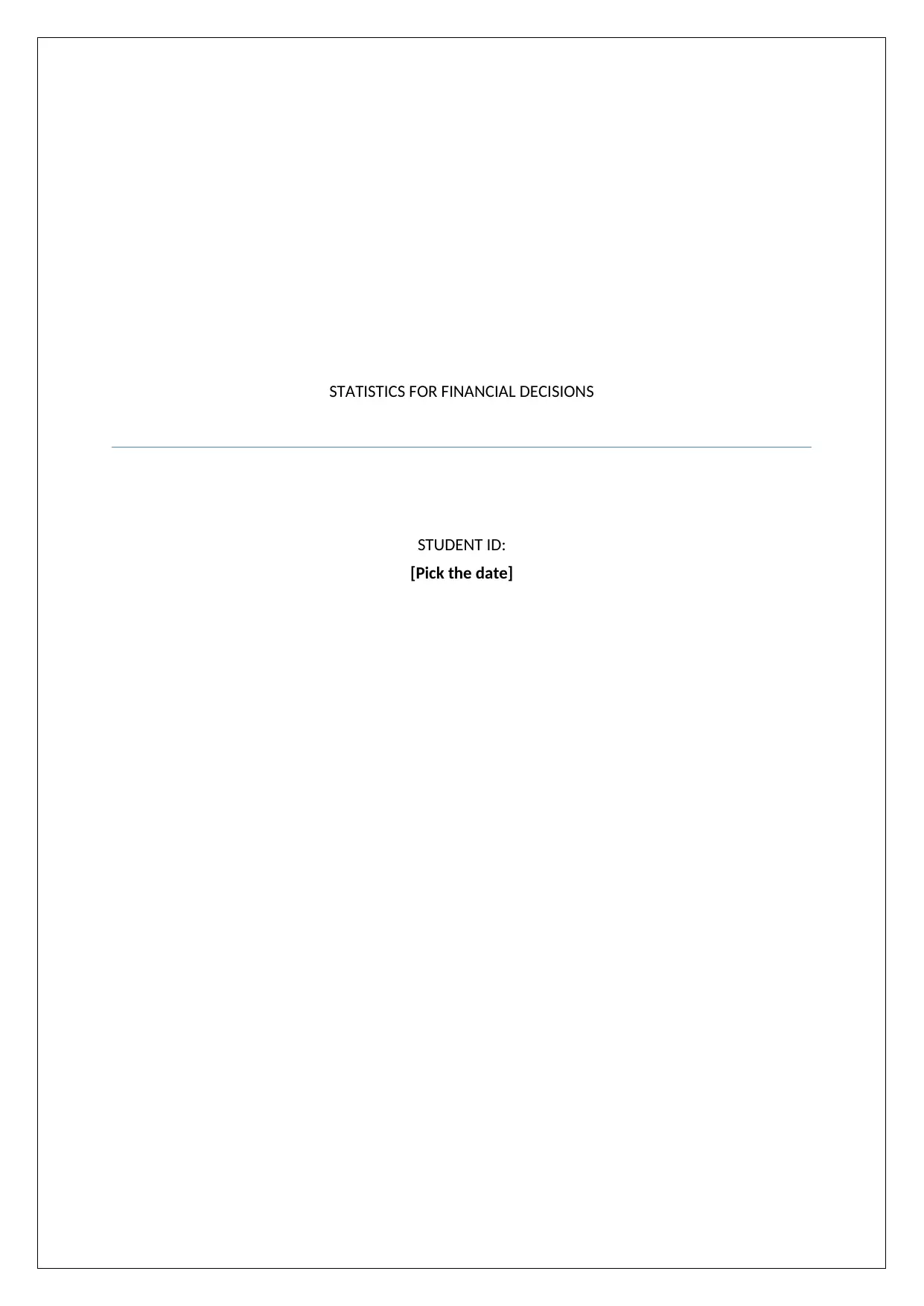
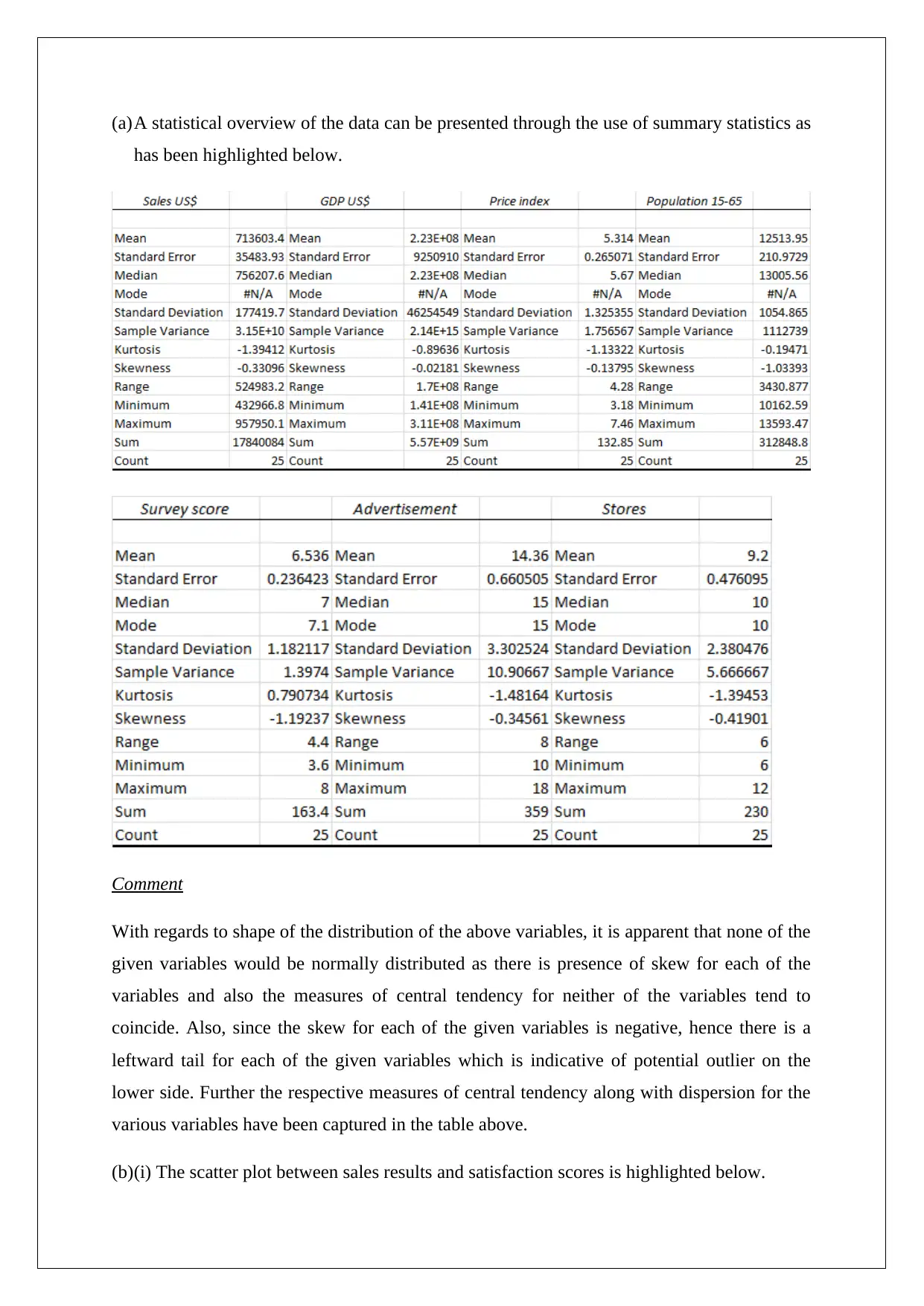


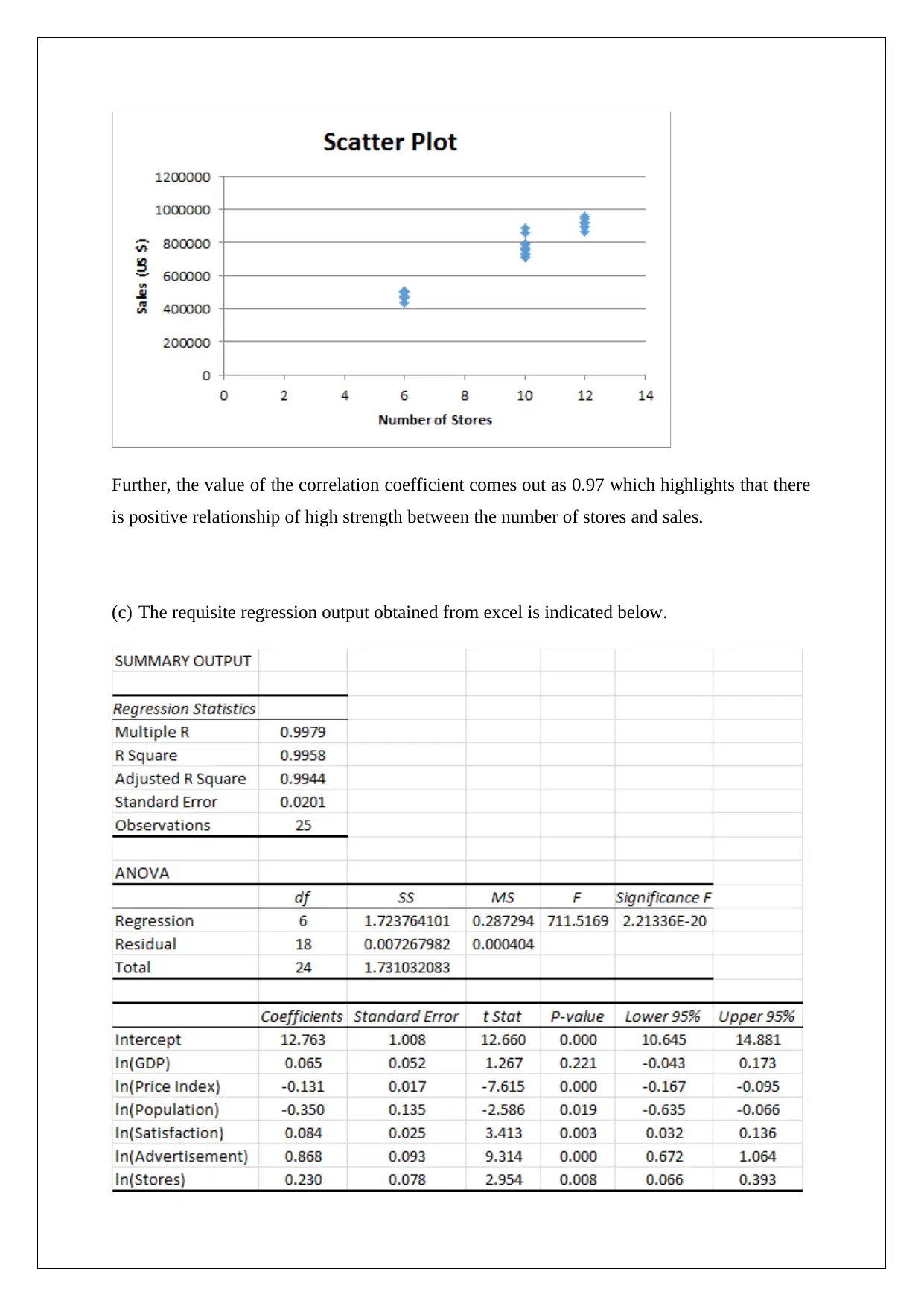
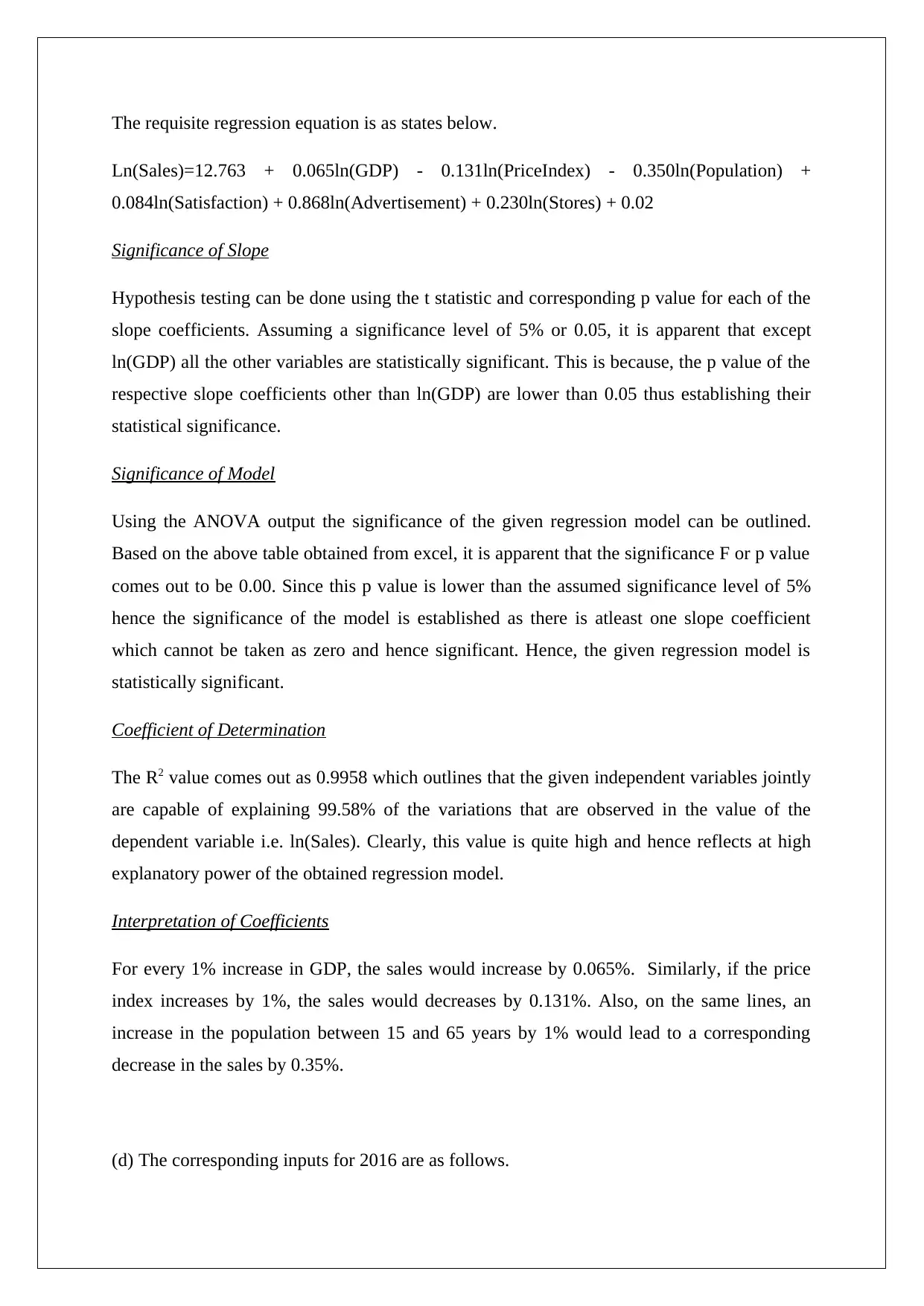
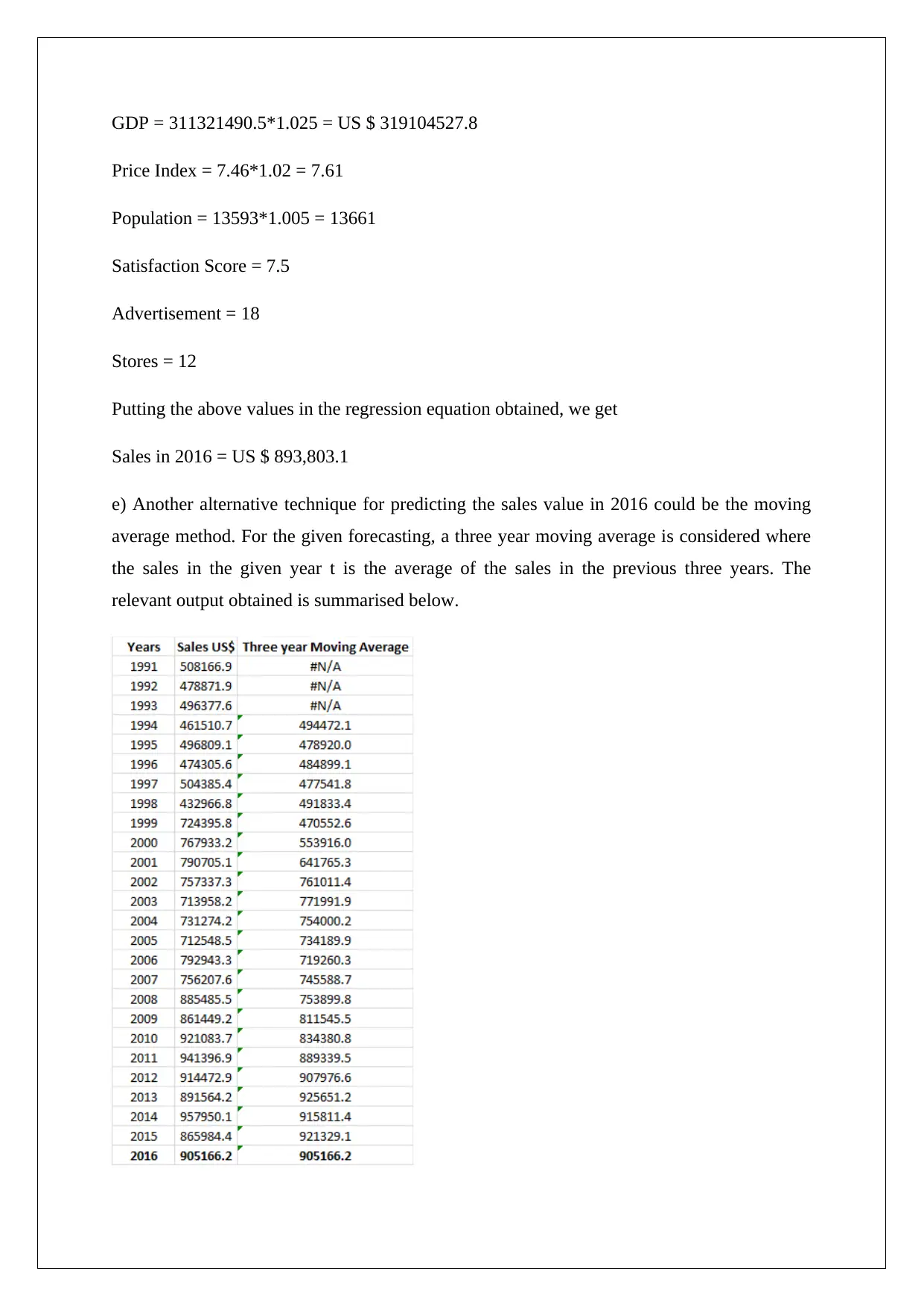







![[object Object]](/_next/static/media/star-bottom.7253800d.svg)